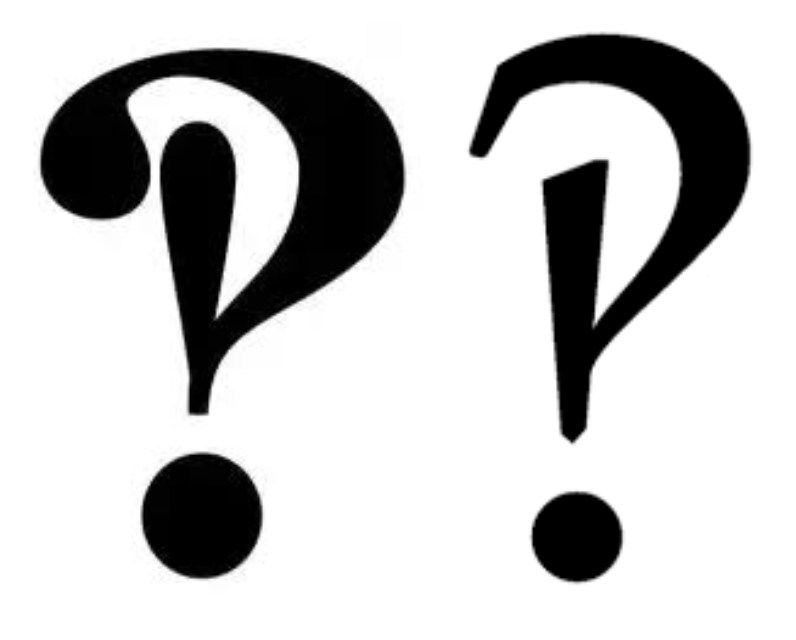Alphabet Tree - Punctuation

Timothy Dexter was a prominent citizen of eighteenth century New England, a businessman and sometime writer with a reputation as an eccentric. Dexter’s best-known book, “A Pickle for the Knowing Ones,” was remarkable only for its complete lack of punctuation. To its second edition Dexter added a page filled with periods, commas, semicolons and other punctuation marks, so that readers could, according to Dexter, “pepper and salt it as they please.”


While it may seem that Dexter’s disregard for proper punctuation was one of his idiosyncrasies, this casual approach is absolutely in keeping with the heritage of our written language. The earliest hieroglyphic and alphabetic inscriptions had no punctuation symbols at all: no commas to indicate pauses, no periods between sentences. In fact, there weren’t even spaces between words. Nor did the early Greek and Roman writers use any form of punctuation.
It wasn’t till later, in formal inscriptions, that word divisions were indicated by a dot centered between words. Still later, spaces were used in place of the dots, and by the seventh century the convention was quite common. In some early medieval manuscripts, two vertically aligned dots represented a full stop at the end of a sentence. Eventually one of the dots was dropped, and the remaining dot served as a period, colon or comma, depending on whether it was aligned with the top, middle, or base of the lowercase letters.

When the English scholar Alcuin established a consistent writing style for all scribes in the Holy Roman Empire in the ninth century A.D., one significant result was the Caroline minuscules – the forerunners of our own lowercase letters. Alcuin also attempted to standardize the marks and use of punctuation. Aldus Manutius, the Renaissance typographer and printer, helped establish Alcuin’s reforms through consistent usage.

The basic form of the question mark was developed much later, in sixteenth-century England. Most typographic historians contend that the design for the question mark was derived from an abbreviation of the Latin word quaestio, which simply means “what.” At first this symbol consisted of a capital Q atop a lowercase ‘o’. Over time this early logotype was simplified to the mark we use today
In the seventeenth and eighteenth centuries, quotation marks, the apostrophe, the dash, and the exclamation point were added to the basic set of punctuation marks in consistent use. The initial configuration of the exclamation point, which is descended from a logotype for the Latin word io (“joy”), was a capital I set over a lowercase ’o’. As with the question mark, the design of the exclamation point was gradually streamlined to its present form.
As recently as the 1960s, a new mark called the interrobang was proposed. A ligature of the exclamation point and question mark, the interrobang would serve as a way to punctuate sentences like, “You did what?!”

Download a PDF version of the Alphabet Tree - Punctuation.

